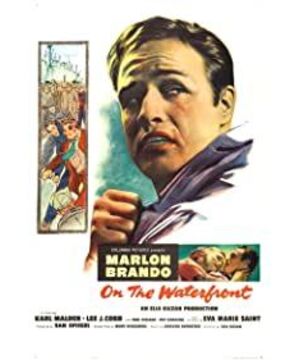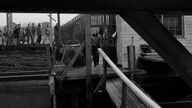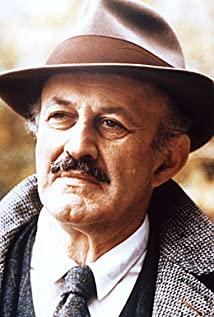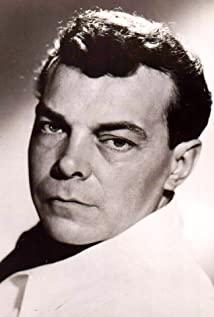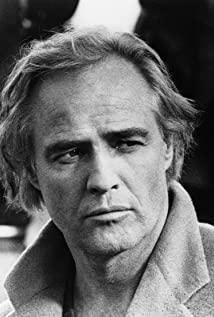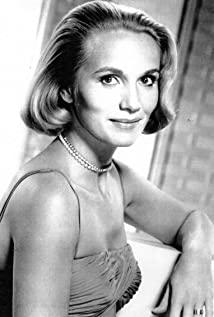-
Marlon Brando’s mother had just passed away when the film was filmed, so he signed a contract with the crew and could only work until 4 o’clock a day, because he was going to see a psychiatrist, and some of the shots in the film were made up after he left the set. Taken.
-
The biggest difficulty encountered by director Ilya Kazan during the filming of the film was to try his best to keep the actors on the scene, because the weather was very cold at the time, and most of the actors were extremely reluctant to shoot on location shots.
-
In order to better collect information, the screenwriter Bud Schuberg spent several years mixing in several larger docks in New York to understand the living conditions of the workers.
-
In order to increase the authenticity of the film, the crew filmed for 36 days in the docks, slums, and bars of New Jersey. In the film, the foreman's bodyguards were all played by real boxers.
-
Eva Marie Cent’s glove fell to the ground and Marlon Brando helped her pick it up and put it on her hand. The shot was made by the two of them temporarily.
-
Thomas Handley was paid $500 for participating in the film, but he did not enter the showbiz for this, but became a real dock worker.
-
The role of actor Terry was originally tailored by the director for John Garfield, but John Garfield died before the film began.
-
In the early scripts of screenwriter Bud Schuberger, Terry was not a dock worker, but a divorced investigator with a cynical heart.
On the Waterfront behind the scenes gags
-
Jerald 2022-04-20 09:01:34
This kind of film is actually more intriguing about the reaction of the people around us. The reason why we need heroes is because we are basically keyboard warriors. We hate and hate those numb people, but we really have no right to hate them. To hate them is to hate. Own.
-
Vincenzo 2021-11-13 08:01:23
The film's alias must be "Proletarian Punishment." The dialogue and characterization are still good, but the lens language is not very impressive. The awakening and resistance of personal consciousness, but the concept that unions are equal to gangs is still too simple. Brando’s performance in Hollywood is really a school of its own.
-
Terry: You know this city's full of hawks? That's a fact. They hang around on the top of the big hotels. And they spot a pigeon in the park. Right down on him.
-
Father Barry: You'd better get rid of that gun, unless you haven't got the guts, and if you don't, you'd better hang on to it!


